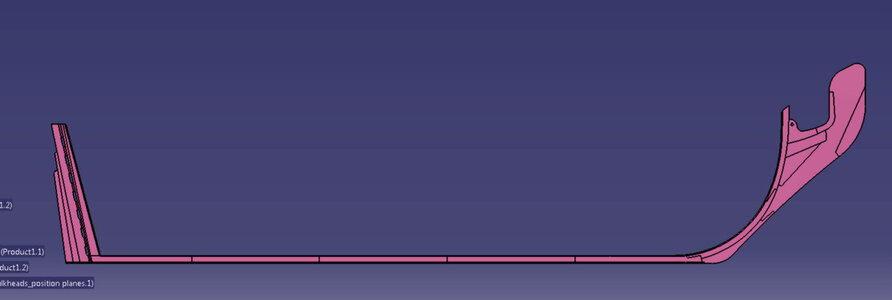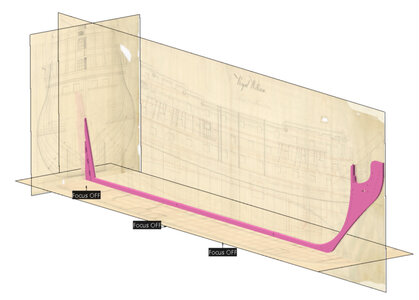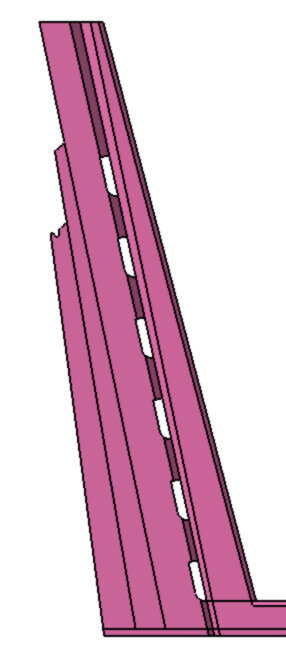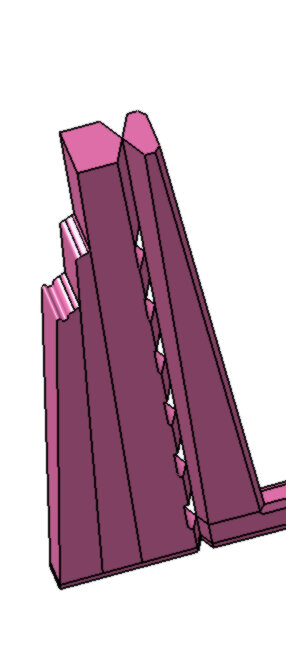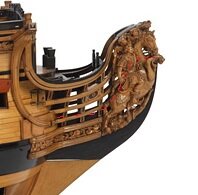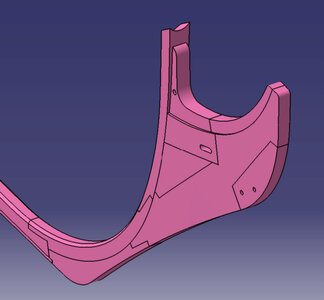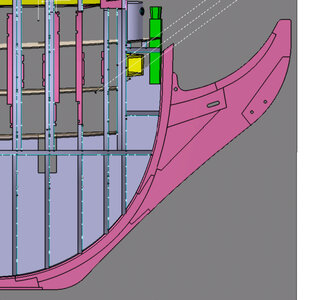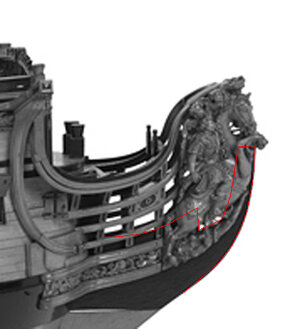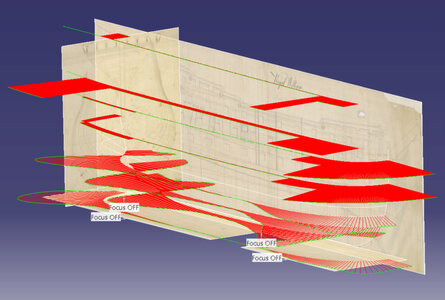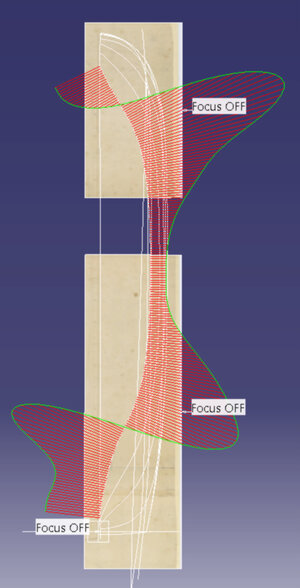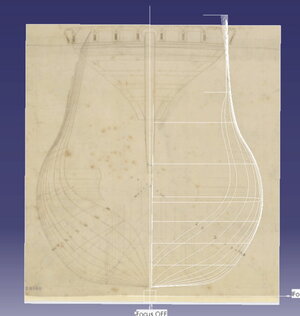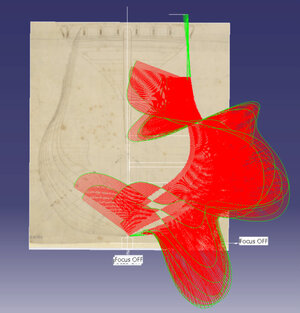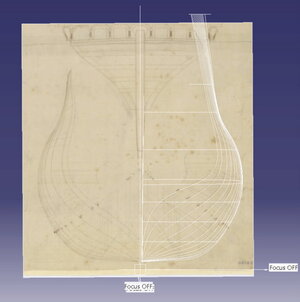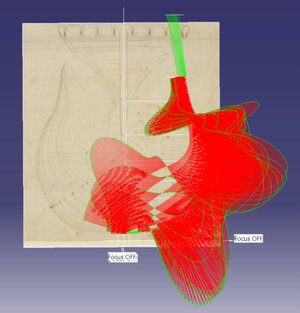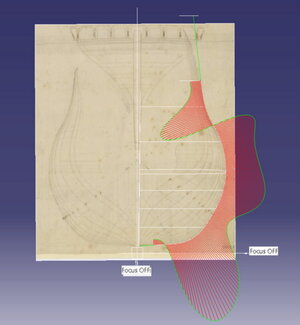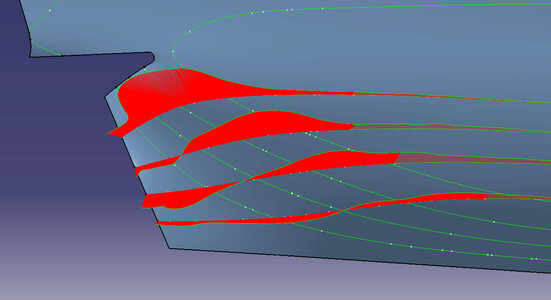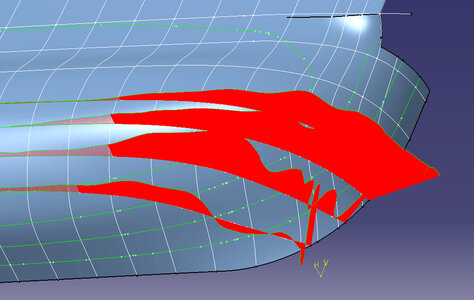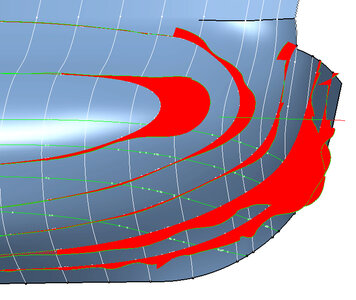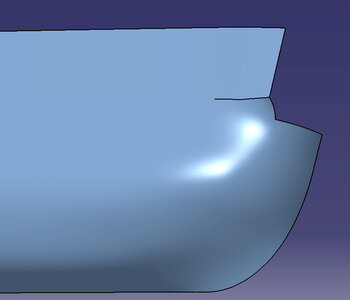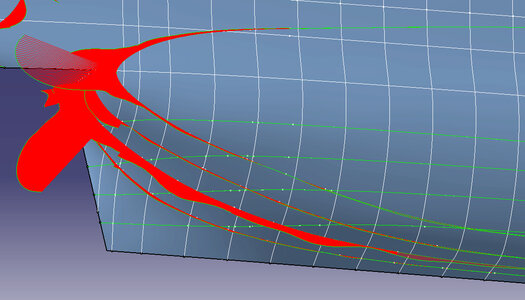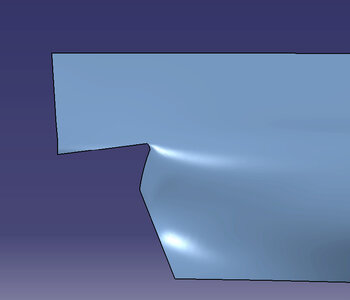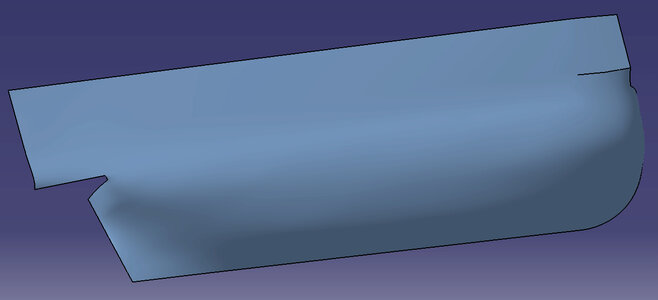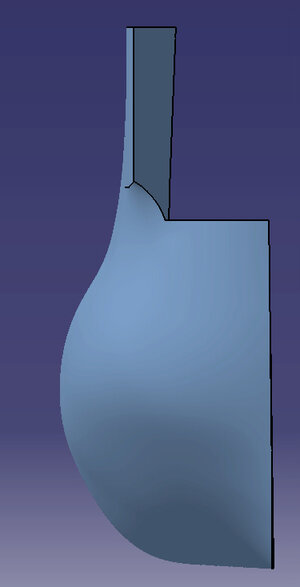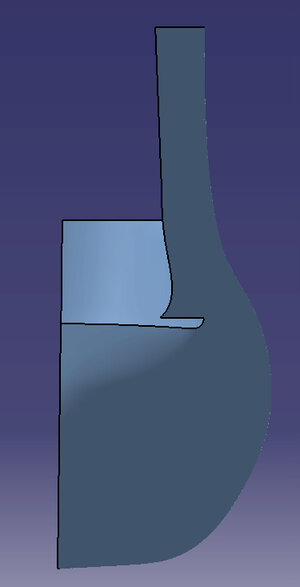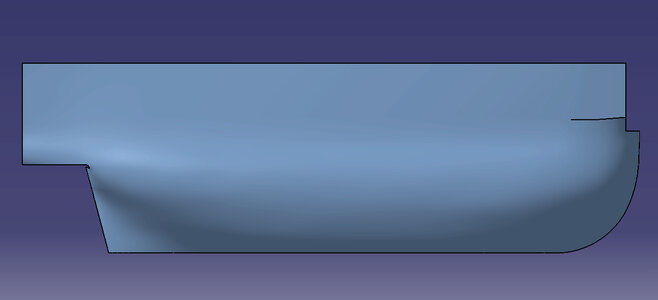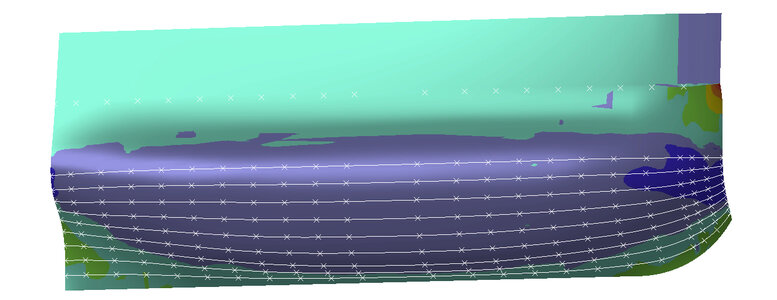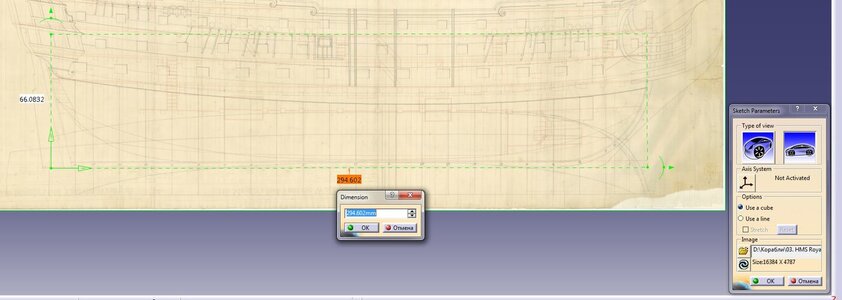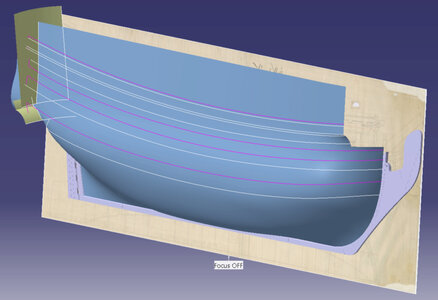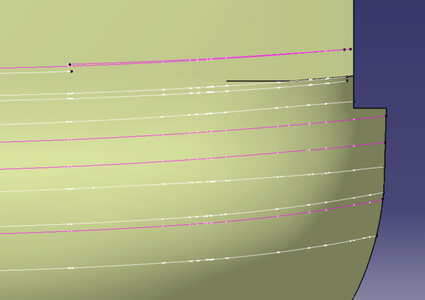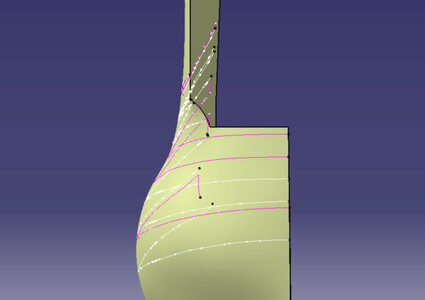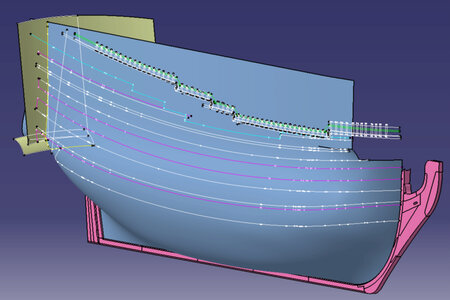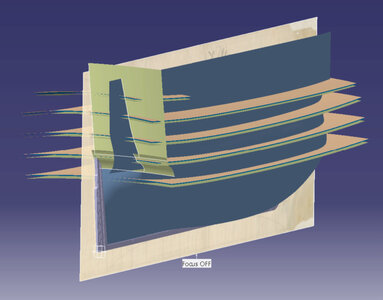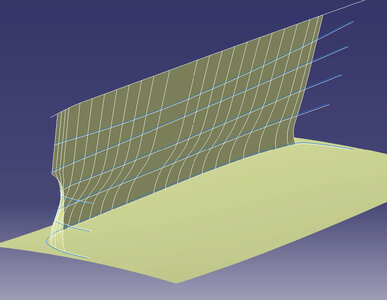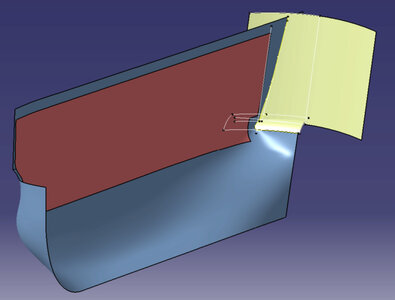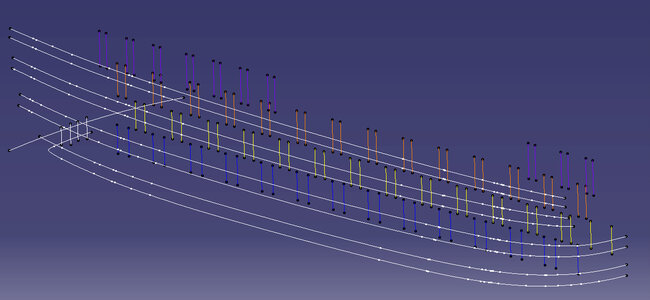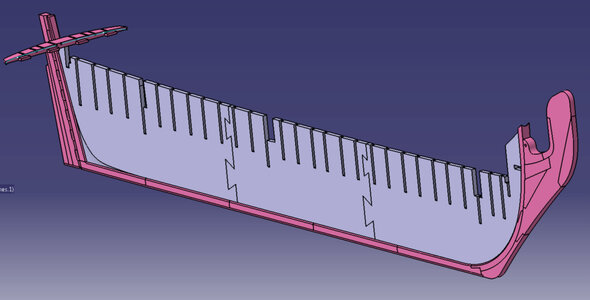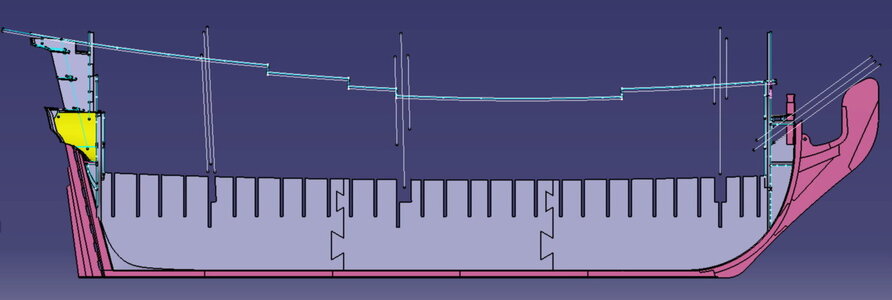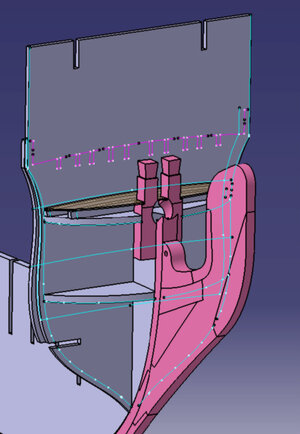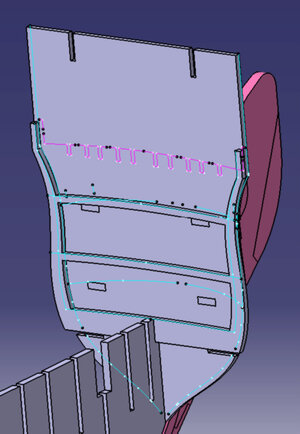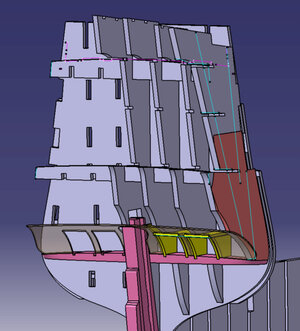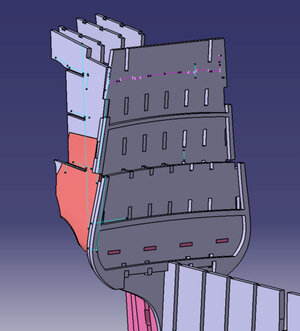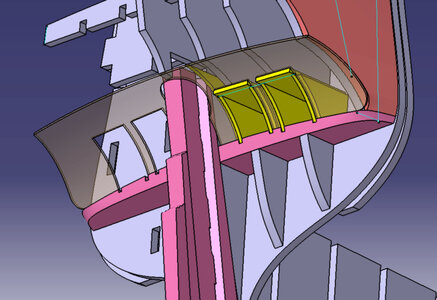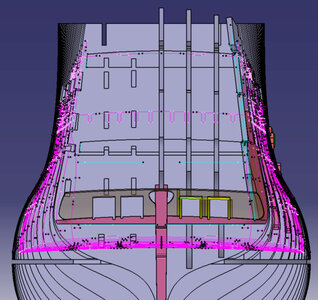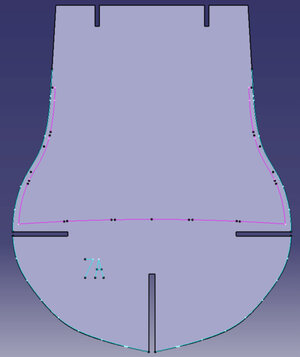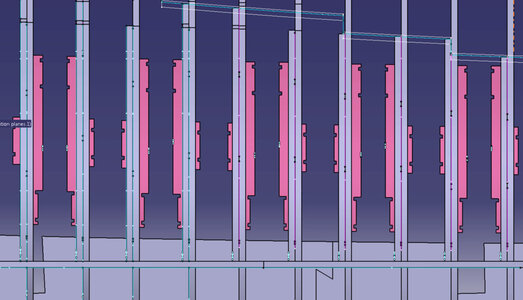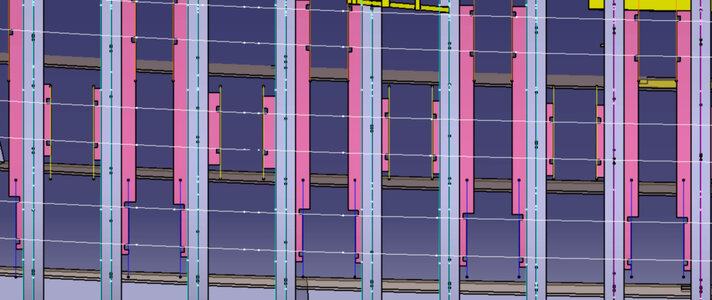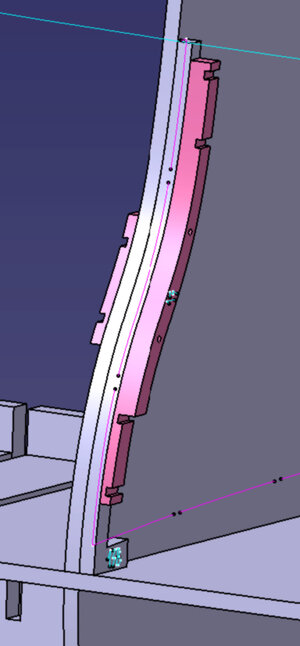Hi everyone, seems that my new project is slowly moving step by step. Don't know if I ever manage to finish it, since there's a lot of stuff to work through, but... this was my dream ship for a long time and I spent a lot of days to prepare for it.
English is not my native language so I don't feel to be able to write big essays explaining all my research and why I did like this where I took these dimensions why shape like this and so on and so on, but I will do my best to describe my path at least in several words.
SOOO....
I base myself on the contemporary drawing of the ship that I bought at NMM (I actually bought two RW drawings j1787 and j1789 and also a drawing for deck plans of Victory 1737). I also use 4 contemporary models of RW, three of wich are located in NMM, the forth one is in USNA.
Of the three models in NMM, the one with the rigging is fundamentally different from the rest of William's models, even in its description it is written that this was either some kind of preliminary version rejected by the King, or something else. Therefore, I will not take this model into account when building at all, it does not make sense. Unless I will examine the rigging, if the quality of the photo allows, which is, of course, terrible. But in general for the masting and rigging I have the model in Annapolis, and Victory 1737 as a spare one.

 billybob.smugmug.com
billybob.smugmug.com
I selected the scale according to the length of the ship that I want to get (about 1.5 meters). This scale is close to the imperial scale of 7/32" (ie 1 '= 7/32" or 1: 54.857), but for the convenience of recalculation, of course I chose 1:55.
1/48 would have come out about 1.75m somewhere, I decided that for now it is too much for me. Wouldn't be able to take it upstairs from the basement.
For the dimensions I use exclusively Goodwin's book and Establishment 1719.
Basic ship info:
Vessel dimensions:
Gundeck length 175'4 "or 971.665mm (1/55 onwards)
Keel length (theoretical) 142'7 "or 790.171mm
Breadth, extreme 50'3.5 "or 278.707mm
Depth in hold 20'1 "or 111.298mm
Burthen, tons 1918.
Armament:
28x 32p.
28x 18p.
28x 9p.
16x 6p.
English is not my native language so I don't feel to be able to write big essays explaining all my research and why I did like this where I took these dimensions why shape like this and so on and so on, but I will do my best to describe my path at least in several words.
SOOO....
I base myself on the contemporary drawing of the ship that I bought at NMM (I actually bought two RW drawings j1787 and j1789 and also a drawing for deck plans of Victory 1737). I also use 4 contemporary models of RW, three of wich are located in NMM, the forth one is in USNA.
Of the three models in NMM, the one with the rigging is fundamentally different from the rest of William's models, even in its description it is written that this was either some kind of preliminary version rejected by the King, or something else. Therefore, I will not take this model into account when building at all, it does not make sense. Unless I will examine the rigging, if the quality of the photo allows, which is, of course, terrible. But in general for the masting and rigging I have the model in Annapolis, and Victory 1737 as a spare one.

USNA - Model Ships Gallery - BillyBob
The USNA Museum features a vast collection of model ships from the 18th century to today.
I selected the scale according to the length of the ship that I want to get (about 1.5 meters). This scale is close to the imperial scale of 7/32" (ie 1 '= 7/32" or 1: 54.857), but for the convenience of recalculation, of course I chose 1:55.
1/48 would have come out about 1.75m somewhere, I decided that for now it is too much for me. Wouldn't be able to take it upstairs from the basement.
For the dimensions I use exclusively Goodwin's book and Establishment 1719.
Basic ship info:
Vessel dimensions:
Gundeck length 175'4 "or 971.665mm (1/55 onwards)
Keel length (theoretical) 142'7 "or 790.171mm
Breadth, extreme 50'3.5 "or 278.707mm
Depth in hold 20'1 "or 111.298mm
Burthen, tons 1918.
Armament:
28x 32p.
28x 18p.
28x 9p.
16x 6p.
Last edited:




